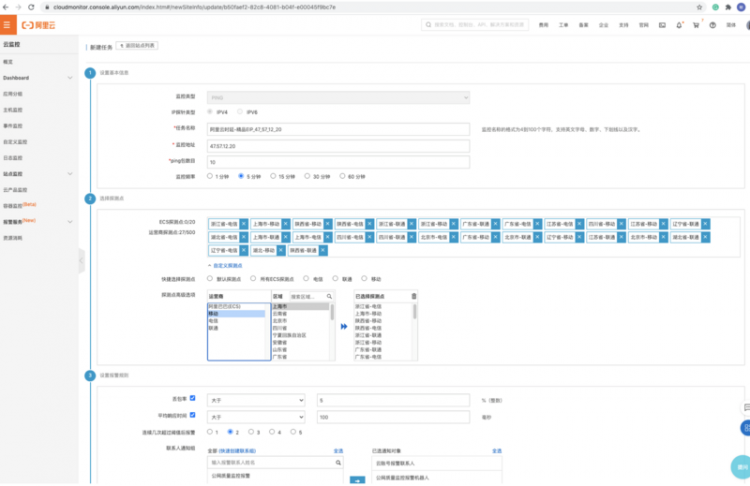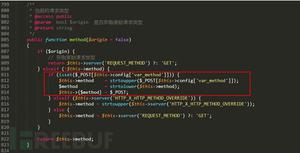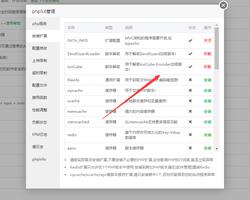如何在python中检查网络接口上的数据传输?
有一种套接字方法可以获取给定网络接口的IP:
import socketimport fcntl
import struct
def get_ip_address(ifname):
s = socket.socket(socket.AF_INET, socket.SOCK_DGRAM)
return socket.inet_ntoa(fcntl.ioctl(
s.fileno(),
0x8915, # SIOCGIFADDR
struct.pack('256s', ifname[:15])
)[20:24])
返回以下内容:
>>> get_ip_address('lo')'127.0.0.1'
>>> get_ip_address('eth0')
'38.113.228.130'
是否有类似的方法返回该接口的网络传输?我知道我可以阅读,/proc/net/dev但是我想使用套接字方法。
回答:
轮询以太网接口统计信息的最佳方法是通过SNMP …
- 看起来您正在使用linux …如果是,请在 *
SNMPDOPTS
SNMPDOPTS='-Lsd -Lf /dev/null -u snmp -I
-smux,usmConf,iquery,dlmod,diskio,lmSensors,hr_network,snmpEngine,system_mib,at,interface,ifTable,ipAddressTable,ifXTable,ip,cpu,tcpTable,udpTable,ipSystemStatsTable,ip,snmp_mib,tcp,icmp,udp,proc,memory,snmpNotifyTable,inetNetToMediaTable,ipSystemStatsTable,disk
-Lsd -p /var/run/snmpd.pid'
您可能还需要将ro社区更改为
publicSee Note 1并设置您的侦听接口/etc/snmp/snmpd.conf(如果不在环回上)…假设您现在具有功能
snmpd,则可以使用此方法轮询ifHCInBytes并ifHCOutBytes查看有问题的接口的注释2。
:
from SNMP import v2Managerimport time
def poll_eth0(manager=None):
# NOTE: 2nd arg to get_index should be a valid ifName value
in_bytes = manager.get_index('ifHCInOctets', 'eth0')
out_bytes = manager.get_index('ifHCOutOctets', 'eth0')
return (time.time(), int(in_bytes), int(out_bytes))
# Prep an SNMP manager object...
mgr = v2Manager('localhost')
mgr.index('ifName')
stats = list()
# Insert condition below, instead of True...
while True:
stats.append(poll_eth0(mgr))
print poll_eth0(mgr)
time.sleep(5)
:
from subprocess import Popen, PIPEimport re
class v2Manager(object):
def __init__(self, addr='127.0.0.1', community='public'):
self.addr = addr
self.community = community
self._index = dict()
def bulkwalk(self, oid='ifName'):
cmd = 'snmpbulkwalk -v 2c -Osq -c %s %s %s' % (self.community,
self.addr, oid)
po = Popen(cmd, shell=True, stdout=PIPE, executable='/bin/bash')
output = po.communicate()[0]
result = dict()
for line in re.split(r'\r*\n', output):
if line.strip()=="":
continue
idx, value = re.split(r'\s+', line, 1)
idx = idx.replace(oid+".", '')
result[idx] = value
return result
def bulkwalk_index(self, oid='ifOutOctets'):
result = dict()
if not (self._index==dict()):
vals = self.bulkwalk(oid=oid)
for key, val in vals.items():
idx = self._index.get(key, None)
if not (idx is None):
result[idx] = val
else:
raise ValueError, "Could not find '%s' in the index (%s)" % self.index
else:
raise ValueError, "Call the index() method before calling bulkwalk_index()"
return result
def get_index(self, oid='ifOutOctets', index=''):
# This method is horribly inefficient... improvement left as exercise for the reader...
if index:
return self.bulkwalk_index().get(index, "<unknown>")
else:
raise ValueError, "Please include an index to get"
def index(self, oid='ifName'):
self._index = self.bulkwalk(oid=oid)
SNMP v2c使用明文身份验证。如果您担心安全性/有人在嗅探您的流量,请更改您的社区,并通过源IP地址将查询限制在您的linux计算机上。完美的世界是将
SNMP.py上述内容修改为使用SNMPv3(用于加密敏感数据);大多数人只是使用非公共社区,并通过源IP限制snmp查询。ifHCInOctets并ifHCOutOctets提供通过接口传输的字节数的瞬时值。如果您正在寻找数据传输速率,那么当然会涉及一些额外的数学运算。
以上是 如何在python中检查网络接口上的数据传输? 的全部内容, 来源链接: utcz.com/qa/400683.html







